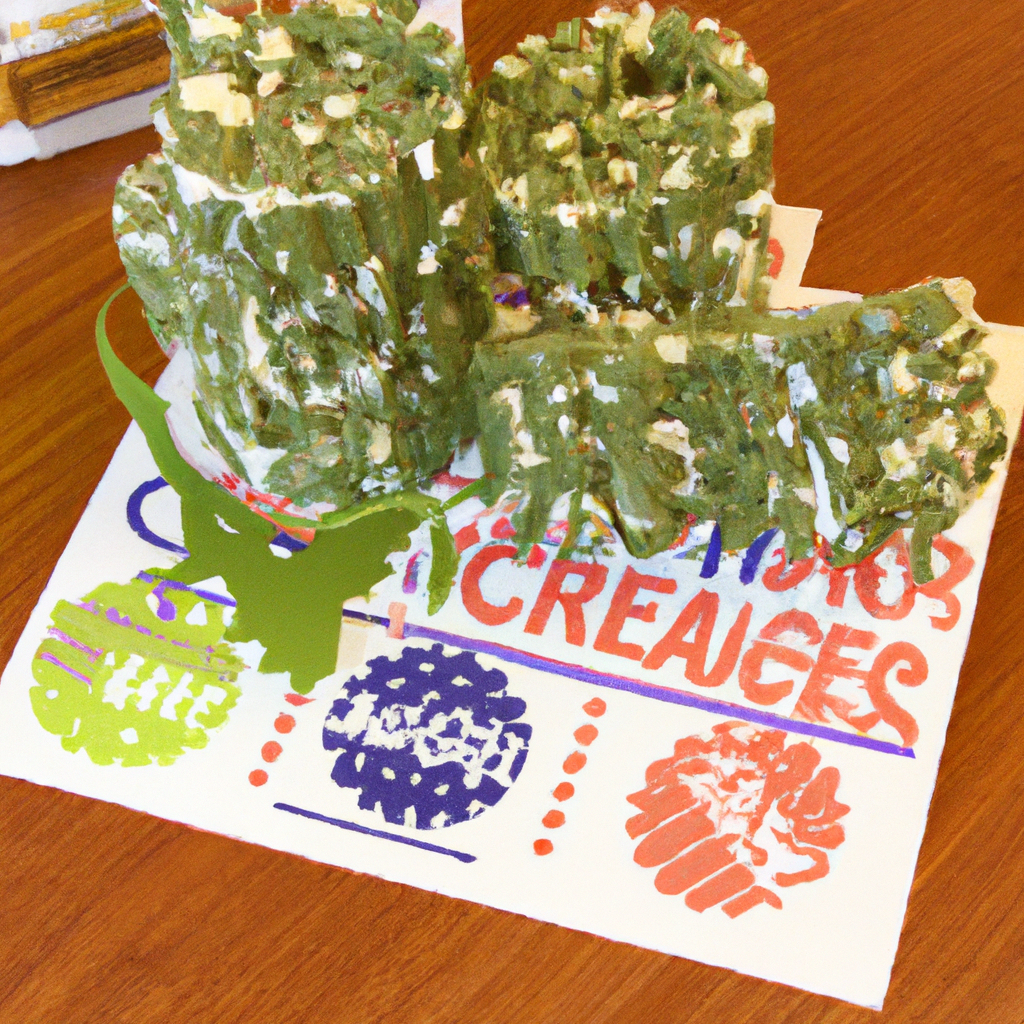Welcome, fellow cultivators and cannabis enthusiasts! I’m John “Magic” Greenleaf, and today we’re diving into something critical — the carbon footprint of cannabis cultivation. As someone deeply rooted in Colorado’s high-altitude growing scene, I’ve witnessed firsthand the environmental implications of our beloved green industry. Let’s explore how we can grow less footprint, more bud!
Understanding Cannabis’s Environmental Impact
Cannabis cultivation can be resource-intensive, consuming significant amounts of water, energy, and land. When unchecked, these resources contribute to a hefty carbon footprint. From the power used in indoor growing operations to the water and fertilizers needed in both indoor and outdoor settings, every choice we make as growers affects our planet.
Strategies to Reduce Carbon Footprint
- Energy Efficiency: Transition to high-efficiency LED lighting systems. These can cut your energy consumption by 25%, similar to my setup with Gavita Pro LEDs.
- Water Conservation: Implement drip irrigation. It’s one of my favorite methods, saving up to 40% of water compared to traditional watering techniques.
- Organic Cultivation: Use organic soil and nutrients to minimize chemical runoff and improve soil health, a staple of my practice in Colorado.
- Sustainable Packaging: Opt for biodegradable or recyclable packaging to reduce waste.
Case Study: Colorado’s Eco-Friendly Advances
Here in Colorado, many growers have embraced sustainability not just as a choice but as a necessity. We’ve started to see a shift towards closed-loop systems, where waste products from cannabis grows are recycled back into nutrients for the soil or as feedstocks for other industries. Some innovative startups even transform leftover biomass into biochar, a fantastic carbon sequestration material!
The Future of Sustainable Cannabis
The potential to make cannabis cultivation more sustainable is immense. By integrating advanced genetics that require fewer resources and tapping into renewable energy sources, we can create a greener path forward. Imagine strains requiring less water, thriving in natural light, and offering potent medicinal benefits with a lower environmental cost. We’re not just cultivating cannabis; we’re cultivating change.
Key Takeaway
The future of cannabis is inherently tied to the health of our planet. As growers, innovators, and consumers, we hold the power to minimize our industry’s carbon footprint and pave the way for an eco-friendlier world. Let’s embrace new technologies and practices and continue to learn from each other.
Remember, “Cannabis is a teacher; I’m just the student with 30 years of notes.” Let’s keep writing that book together.
For more insights, visit MagicGreenGrow.com and join the mission for sustainable cannabis growing.
Happy growing!
John “Magic” Greenleaf


Leave a Reply